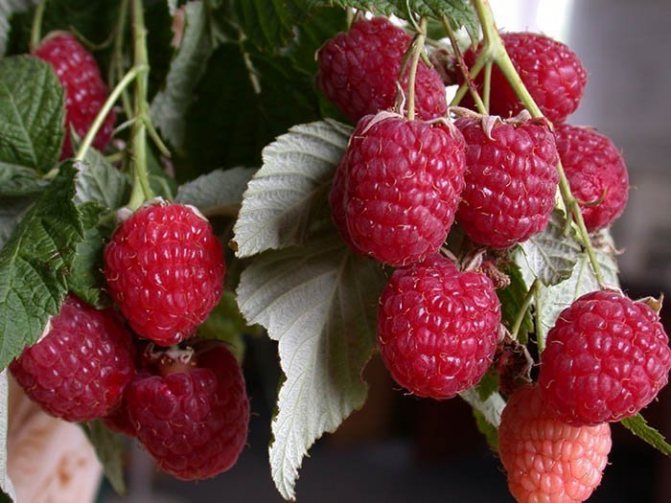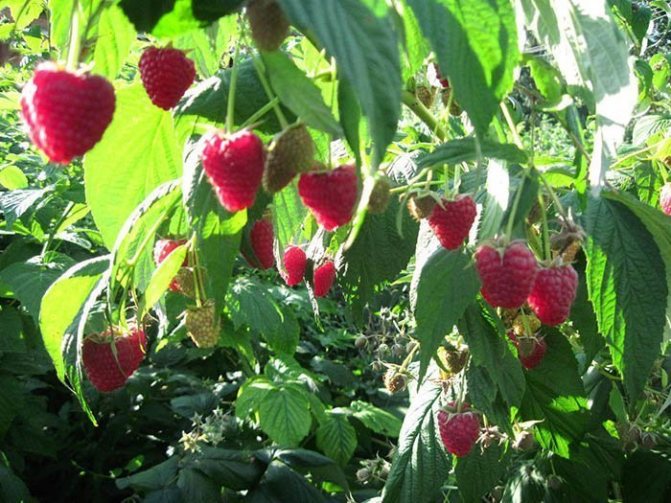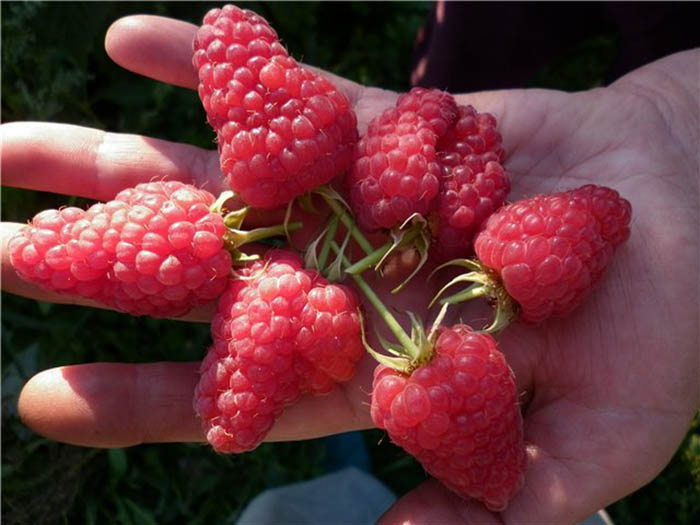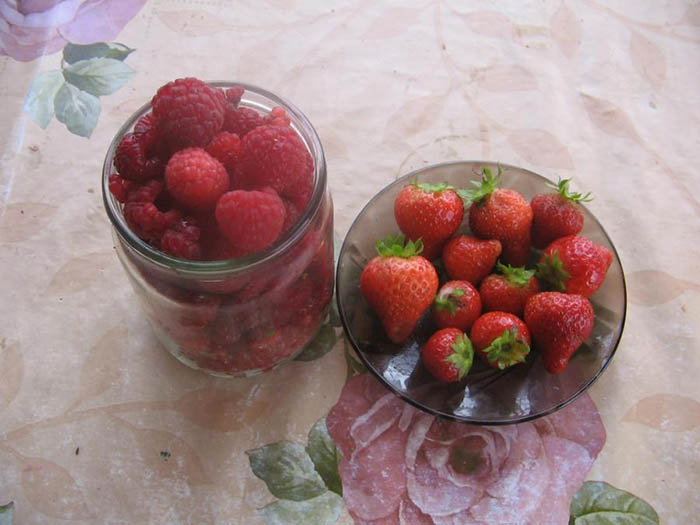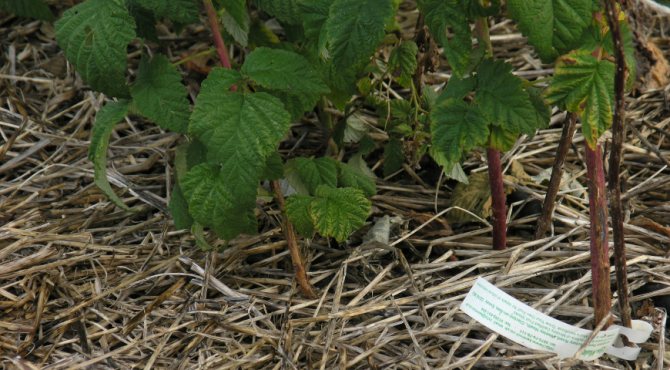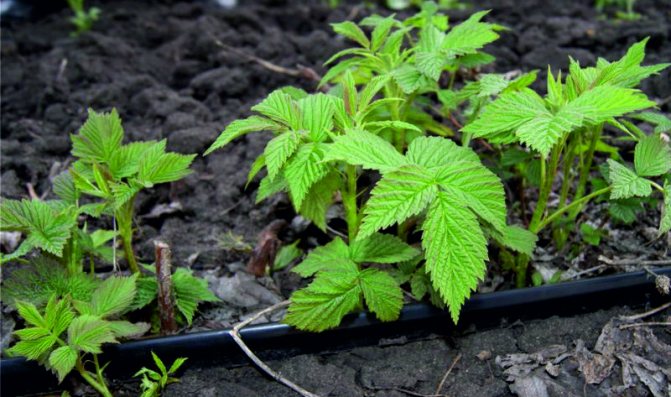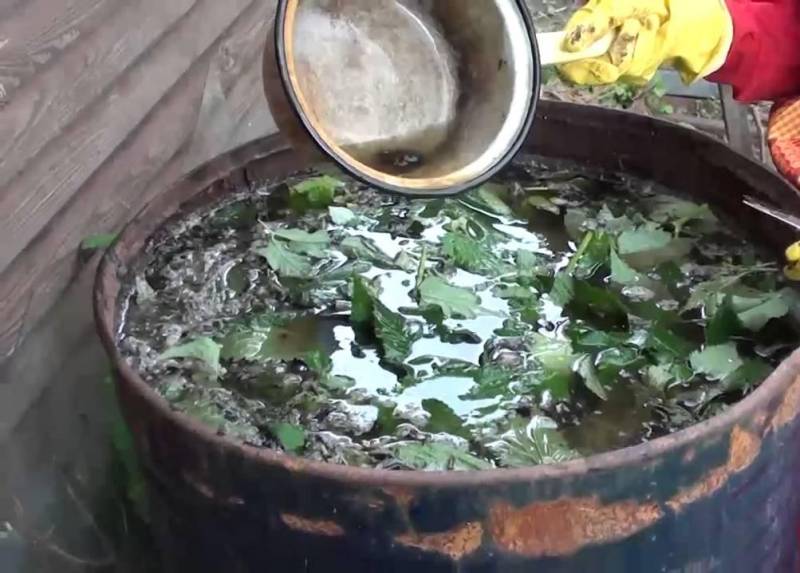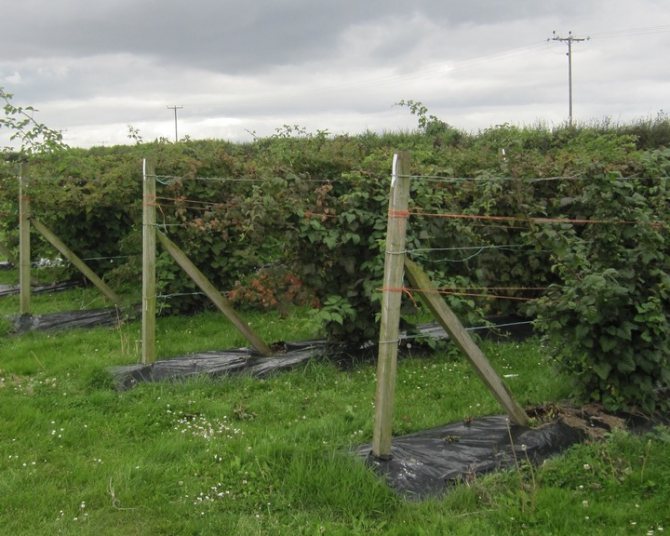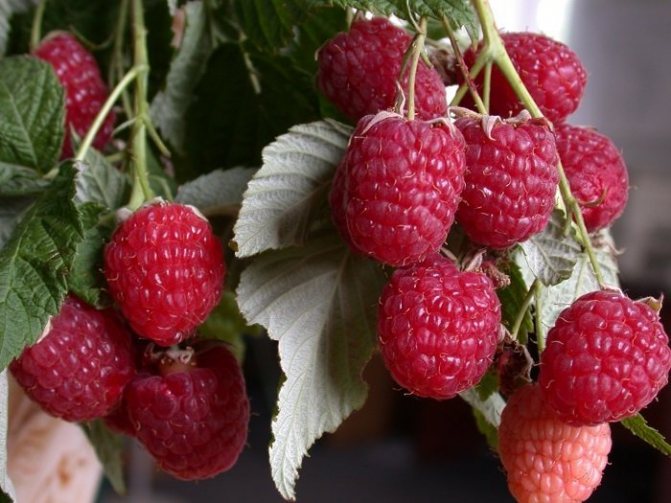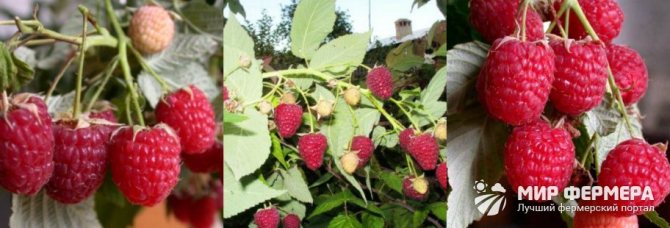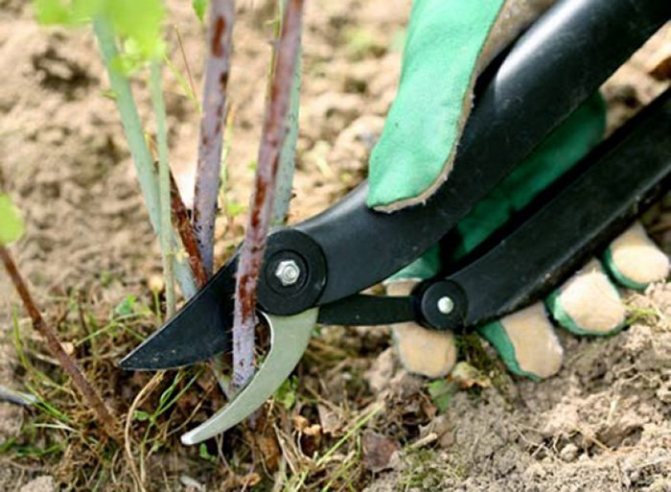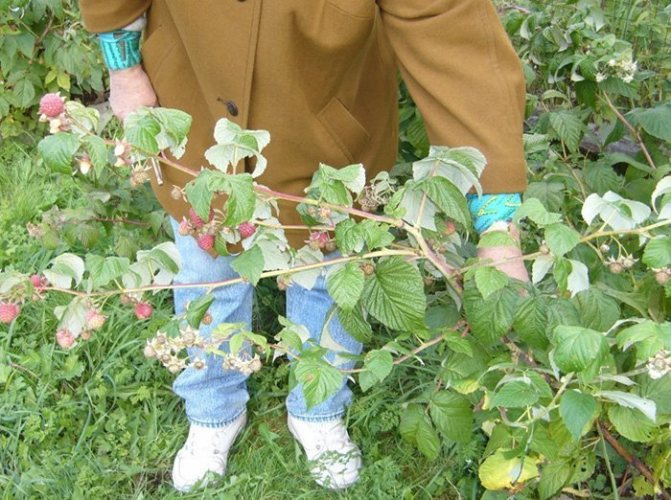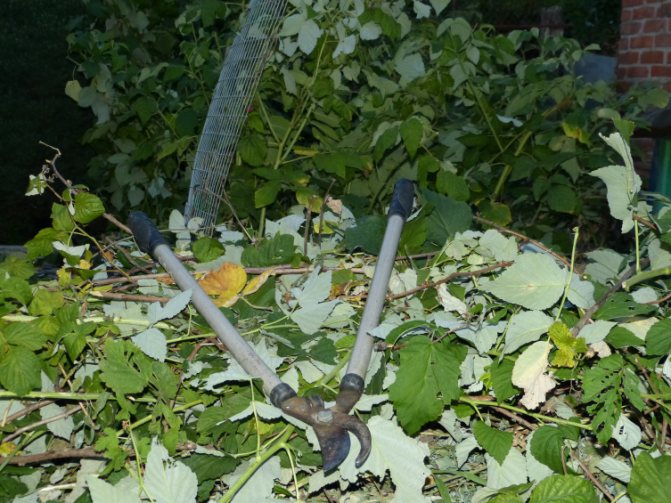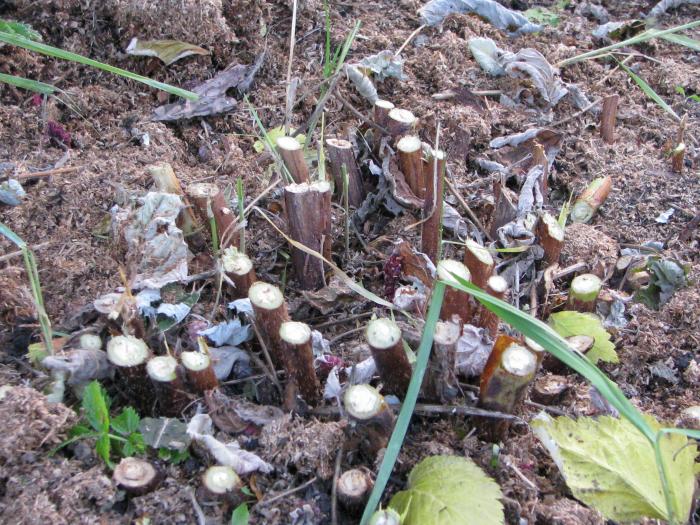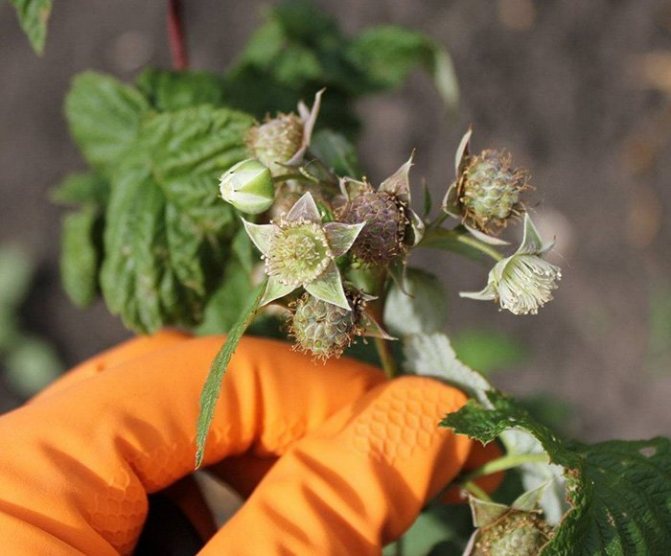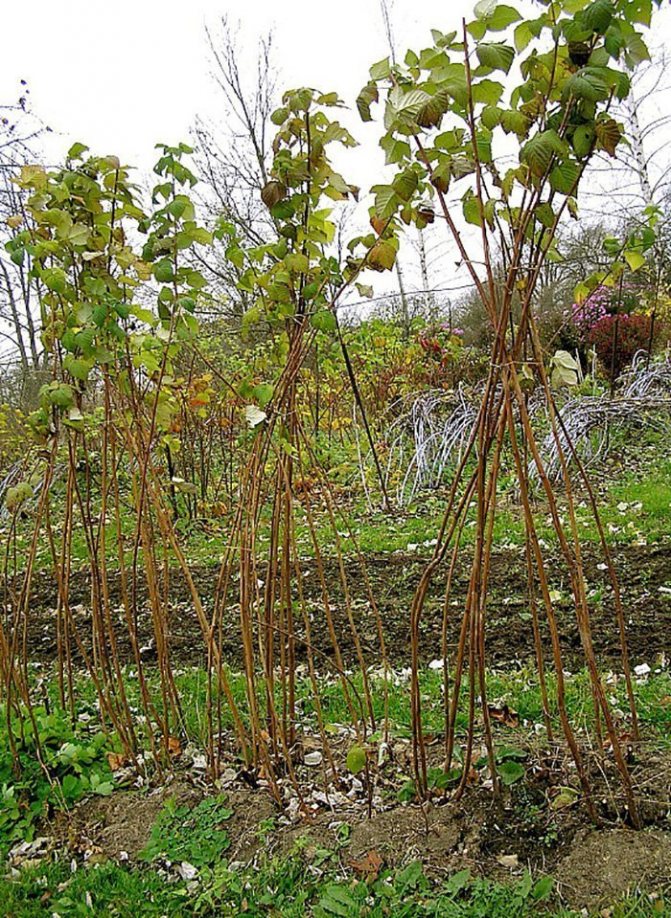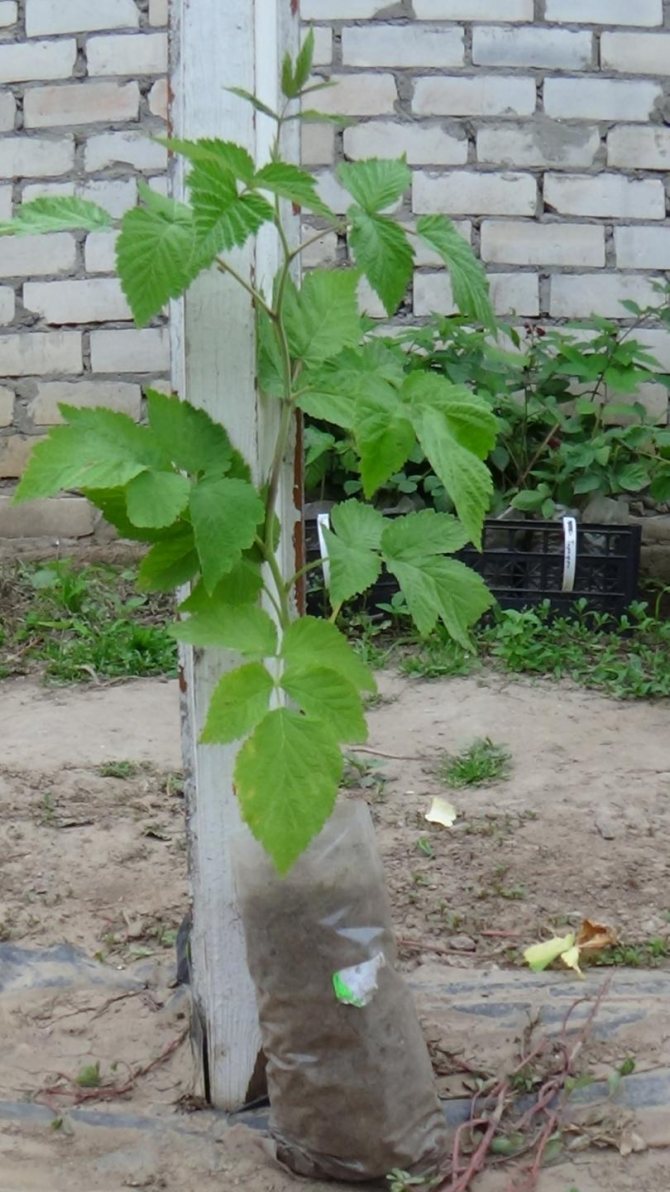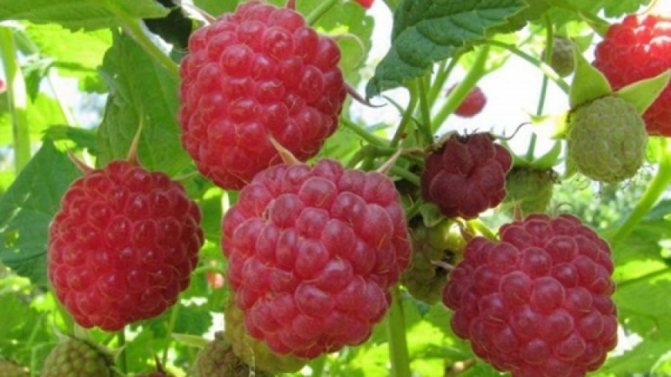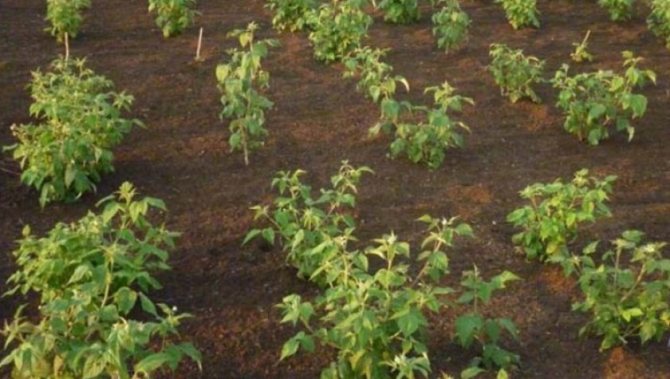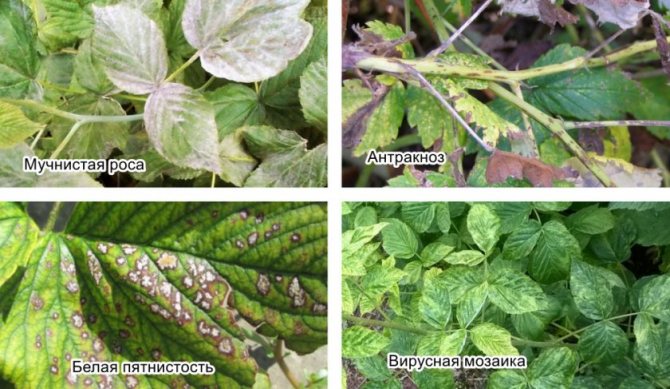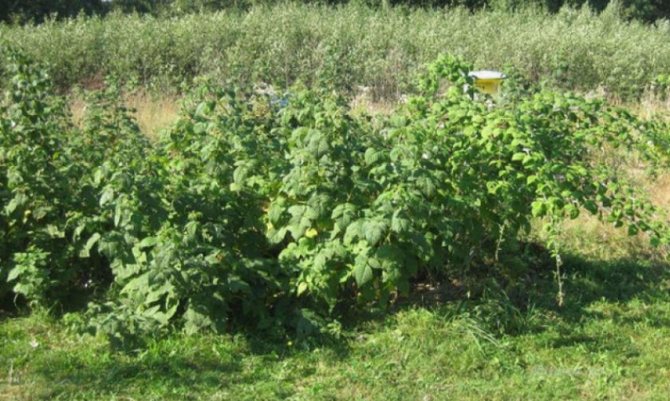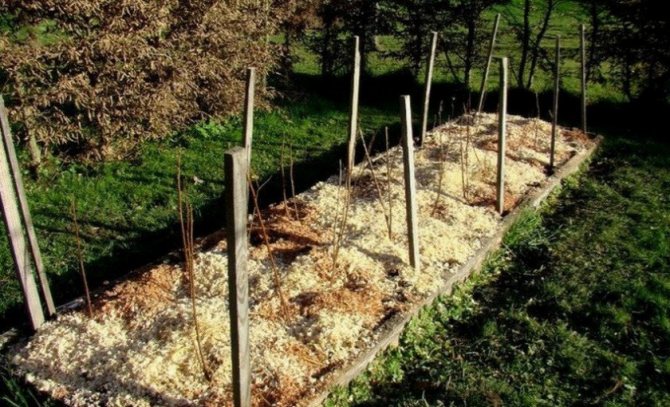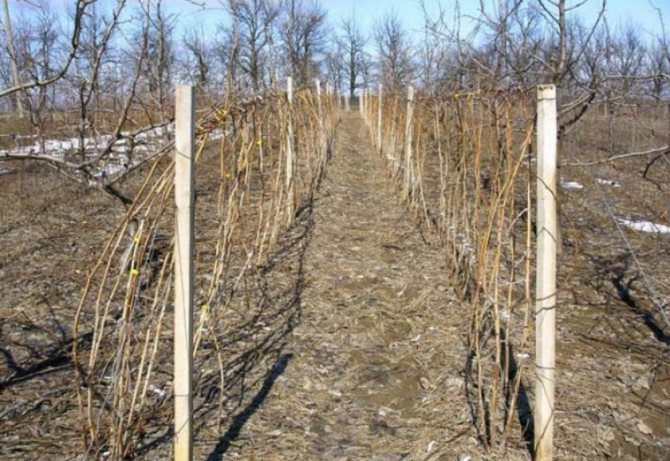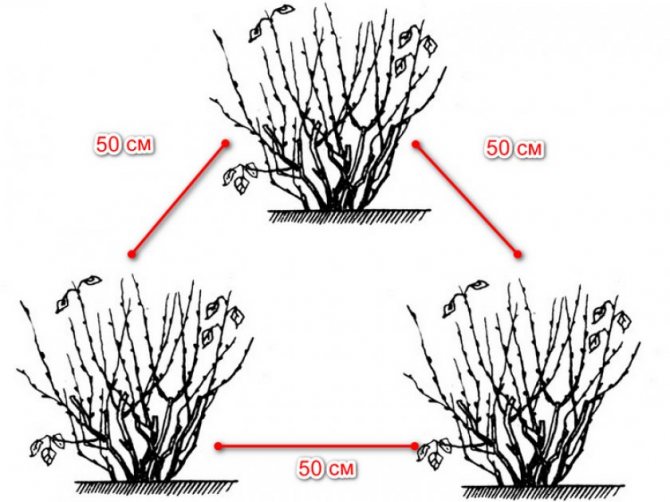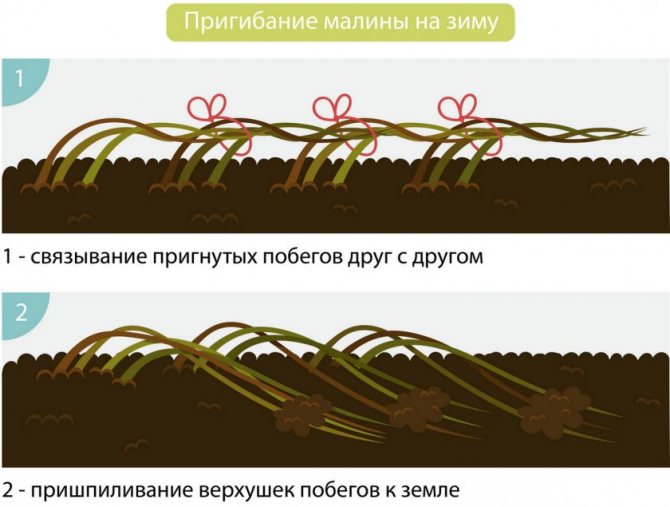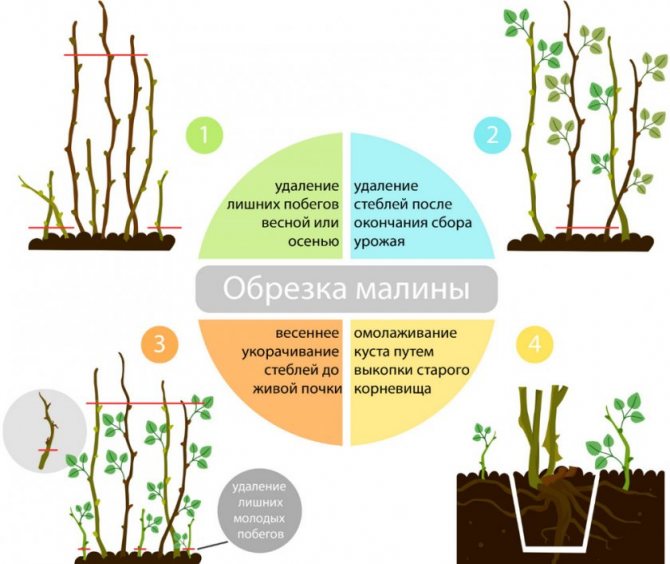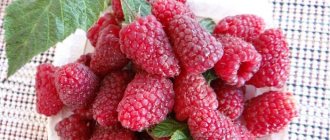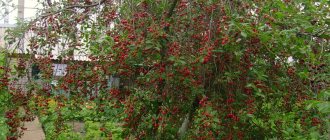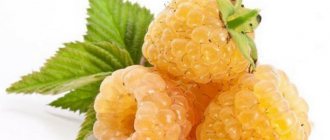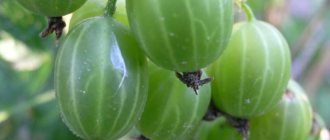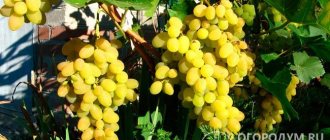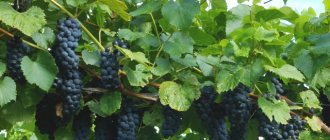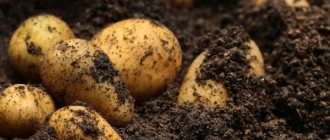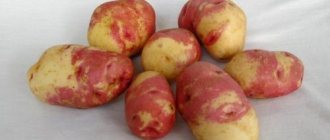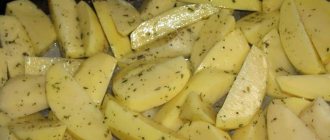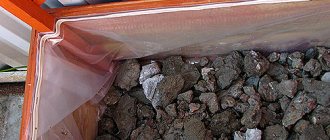The history of the raspberry Hercules
Raspberry remontant Hercules was obtained in the Bryansk region. It was bred by the breeder Kazakov I.V., who worked at the Kokino Institute. The plant is a cross between the mid-season Ottom Bliz and seedling No. 14-205-4. This variety is often called Hercules.
History of the variety daughter of Hercules
On the basis of this variety, its variety was obtained - raspberries Daughter of Hercules. This culture has not yet entered the State Register. The plant is characterized by the main features of the parent culture.
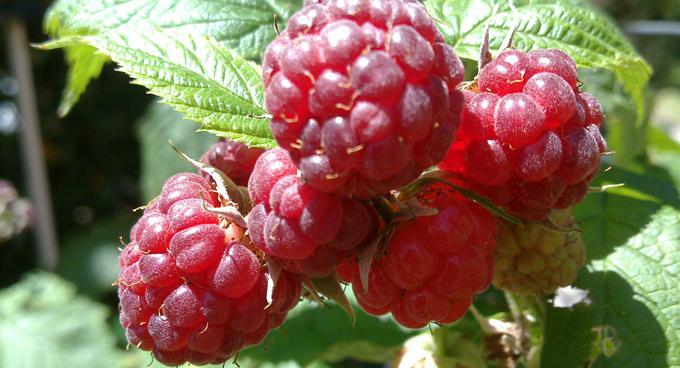
Raspberry has large and tasty fruits
At the same time, the remontant raspberry Daughter of Hercules is characterized by a more spreading bush that needs high-quality support. In addition, it has larger fruits weighing 16 g.
Increased yield
Today, remontant varieties of raspberries are very popular. The variety Hercules also belongs to them. From this variety, you can get 2 crops per season.
To obtain a large yield from remontant raspberries in the fall, all shoots are cut out to the base.
But most gardeners prefer to grow these varieties differently:
- In the fall, the entire ground part is completely removed.
- Completely new shoots appear in spring.
- The berries begin to ripen from the end of June until the very frost.
- With this method of cultivation, the yield increases several times.
With good care, a large number of shoots appear from one bush and rationing should be carried out in May:
- pull out and remove excess shoots;
- first we remove the weakest;
- as a result, no more than 6-7 shoots should remain on one bush.
Thus, the yield will only increase, because the shoots will get more light and nutrition.
Description and characteristics
According to the description of the variety, Hercules raspberries can be grown in Russia, Ukraine, Belarus. The plant needs light soil with a fertile composition. In the north, the plant bears less fruit and has less expressive taste.
The culture has spreading bushes that reach 1.5-2 m. It is characterized by powerful shoots that branch well. The plant has hard thorns that are bent downward. The leaves are medium in size and rich in green color.
Raspberries are frost and drought resistant. Moreover, in a snowless winter, it needs to be covered. However, it is important to remember about a sense of proportion. With strong insulation, there is a risk of the death of the shrub.
This variety is characterized by cone-shaped ruby fruits. On average, they weigh 6 g. The berries are under the leaves, which provides them with reliable protection from birds. The fruit is characterized by a pleasant sweet and sour taste and a pronounced aroma.
Important! The first fruits ripen at the end of June. The second harvest is obtained in mid-August, and fruiting continues until the very frost.
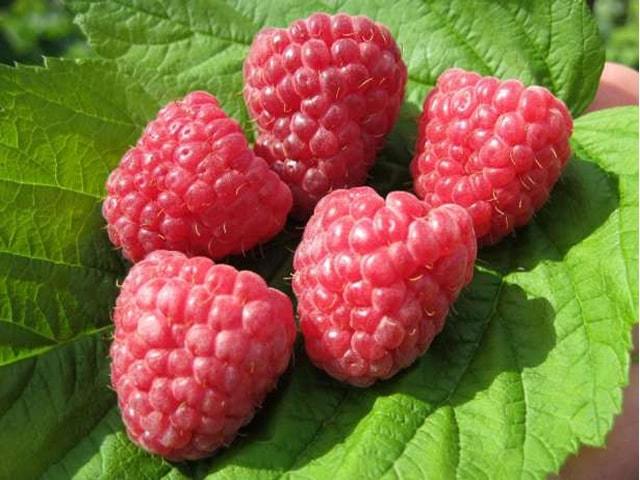

Raspberry can be harvested 2 times per season
A detailed description of the raspberry variety Daughter of Hercules (+ photos and reviews)
a raspberry market window is an advantage for farmers and gardeners.
Despite the fact that the raspberry Hercules collected reviews are not too flattering and sometimes contradictory, gardeners are in no hurry to abandon the Hercules variety. First, it justifies itself in the offseason - it fills the gap when others are harvested or not ripe.
Secondly, it is productive - despite the existence of many analogues, in comparison with them it is not whimsical, not picky about feeding, watering, planting density, does not bake in the sun, there are no attacks in the heat. For sophisticated professional berry growers, many alternatives will immediately come to mind - dessert, sweet and more aromatic. Perhaps no less productive. But if you weigh all the pros and cons without emotion, it becomes clear - not a brilliant, but worthy variety to be - let it please you with good harvests!
Similar materials
Advantages and disadvantages
Culture has many virtues:
- excellent presentation of fruits;
- high productivity;
- weak formation of shoots, which prevents the uncontrolled growth of the raspberry tree;
- drought resistance;
- relative resistance to frost - it decreases only in snowless winters;
- unpretentious care;
- no need for trellises;
- good survival rate of seedlings;
- the possibility of transportation over impressive distances;
- disease and pest resistance;
- the presence of thorns and the location of fruits under the leaves;
- lack of worms in the autumn harvest.
The disadvantages of the plant include the following:
- pronounced sourness in taste;
- difficulties with harvesting - they are due to the presence of thorns on the shoots;
- demanding plants for heat and light;
- difficulties with reproduction - this is due to a small number of new shoots;
- long ripening period - some fruits do not have time to ripen before frost.
Reviews of gardeners about the variety
Watched Hercules for 4 seasons. Everything is good - except for the taste. The bushes are undersized, easy to care for. The growth is very good, the fruiting is extended - from August to frost. The berry, in my opinion, is sour. I tried to grow it like a summer one, that is, I left the shoots for the winter, but there is no difference - the berry is sour. Since the raspberry for myself is a verdict: I uprooted it and gave it to friends (they tried it, they liked it for lack of another).
emma11
Personally, I uprooted it after the first fruiting once and for all. Its taste cannot be called raspberry, it has no right. But this is my personal opinion, perhaps somewhere, someone, in other conditions, Hercules is a wonderful variety.
Limoner
Hercules still works for me on the berry. Early, large, transportable. I will find a worthy super-replacement, then I will change.
Vesela dolina
The summer harvest, of course, is none - the berries are small, dry. We grow only for the autumn harvest. The berry is very beautiful, large, there is a lot of it (however, it becomes smaller at the last harvest). It's not that Hercules is completely tasteless, you can't say that, just some kind of unsaturated taste, freshish, sourish. If eaten fresh, there are indeed varieties that are tastier. But for the sake of justice, many like Hercules and fresh - after all, people "eat with their eyes." And there is something to see. For this reason, I also like it so far. But before there was nothing to compare with, but now we have many other varieties. Frozen with sugar Hercules is delicious.
T-150
Hercules is not entirely happy with the variety. A bush with obvious thorns. The berry is large, beautiful, but sour. Although it makes excellent compotes and jams. Shoots are erect, very strong. The bush can do without support. Most of the berries are located on the upper tier of the shoot. The bush gives a sufficient amount of growth, which allows it to multiply quickly. It ripens in the first week of August and bears fruit until frost.
Svetlana K
Hercules in my conditions is not at all sour. I bought a large size.I tried two types of berries, those that ripened on the ground of the former owner of raspberries, and mine. The first ones were sour. I was even a little upset about buying this variety, but did not cut the branch, and today I tasted my berries. The taste is pleasant, at first sweet-sour (in this sequence), not very juicy, similar in texture to foreign marmalade. The berry comes off well and does not fall apart. I liked the raspberry very much.
Dumanka
The Hercules remontant raspberry variety is an excellent choice for growing in a private home garden. The combination of unpretentious care, excellent resistance to common diseases with an abundant annual yield, fruits of high taste and marketability, made this variety popular among gardeners.
Rate the article:
- 5
- 4
- 3
- 2
- 1
(0 votes, average: 0 out of 5)
Share with your friends!
Landing rules
When planting a crop, a large number of features must be taken into account. This produces a strong and strong plant.
The wrong choice of site often provokes the death of the plant. Raspberries should be planted in high, sunny locations. It is desirable that they are located in the south of the site. When grown in shady places, the yield parameters are reduced.
Important! It is not recommended to plant raspberries in the lowlands, as a lot of water accumulates there. This leads to root rotting and the development of infections.
Soil preparation
The garden should be prepared in advance. It is recommended to do this 2-3 weeks before planting. For 1 square meter, 50 g of superphosphate, 2 buckets of humus, 30 g of potassium nitrate are used. After feeding the soil, it must be dug up and loosened. Deepening must be done with an interval of 1 m.
Planting seedlings
To plant a crop, you need to do the following:
- Make indentations 50 cm in size.
- At the bottom of the hole, place a composition of soil with the addition of humus, potassium sulfate and superphosphate.
- After 3 weeks, place the seedling in the groove and spread the roots.
- Sprinkle with soil and water the plant with water.
- Cover the trunk circle with peat or compost.
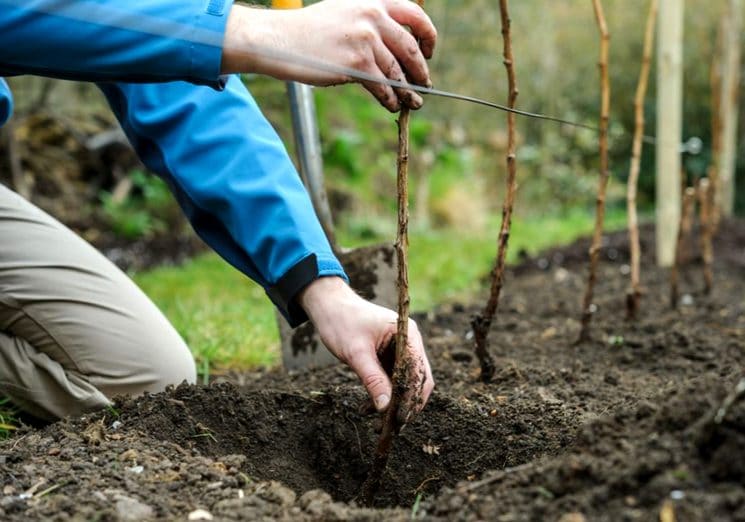

When planting a crop, you need to follow a number of rules.
Growing technology
To get a good harvest later, you need to carry out not only a competent planting, but also prepare for it. Let's see what needs to be done for this.
Seat selection
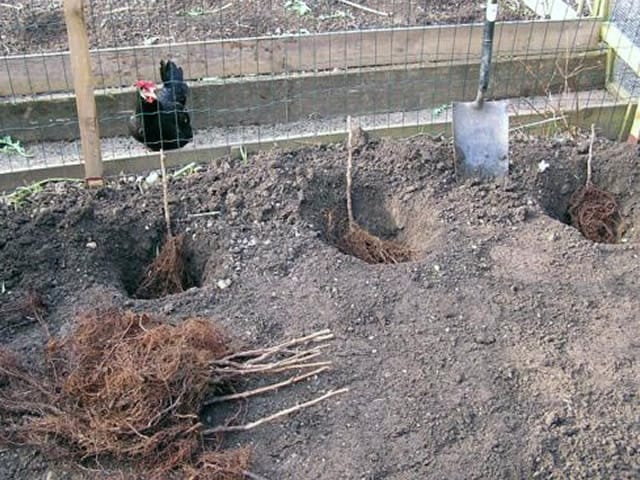

- Plants are not capricious, and can grow on completely different grounds. But it is still advisable to choose a site well-lit by the sun. Drafts, cold piercing winds and dampness are undesirable, and bushes will grow poorly in swampy areas.
- If there is not enough light, then you can not wait for a very bountiful harvest. In addition, the taste of the berries will not be sweet, and there will be more acid and wateriness. The bush itself will grow not so strong, tall and strong.
- It is not recommended to land on heavy sandy or clayey ground. Also, do not plant young bushes where groundwater flows too close to the soil surface.
- In raspberries, the root system from waterlogging can begin to rot. As a result, plants can suffer and even die.
Soil composition
You can plant raspberries of the Daughter of Hercules variety in spring and autumn. In any case, the place must be carefully dug up and fertilizer added.
For 1 m2, 45 g of potassium sulfate, humus or humus 13 - 15 kg and superphosphate 65 g are required. It is necessary to mix all the components well, and at the same time remove all weeds, remnants of roots and debris.
Planting instructions
Landing is carried out in 3 main ways. Let's consider each in more detail.
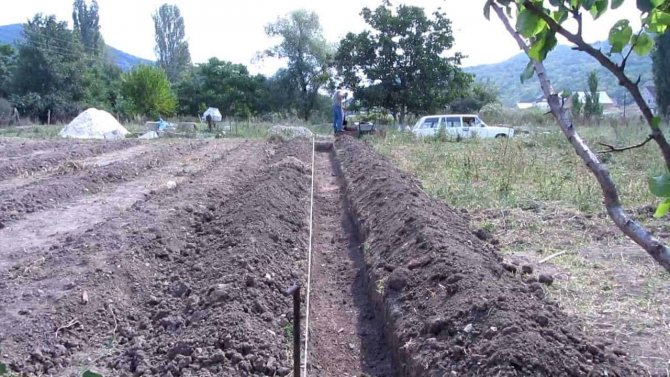

- Dig a ditch at least half a meter deep. Then plant the seedlings with an interval of 70 - 90 cm. Make distances of 1.5 - 2 m between the rows. This will simplify the care of the plants, and the sun's rays and air will penetrate evenly to each bush. This way you will avoid unnecessary thickening in the planting.
- You can plant the bushes in curtains of 3-4 pieces. Make the gap between them the same as in the first scheme.
- Arrange the bushes in the form of equilateral triangles, making a distance of 50 cm between the plants.
- Fill the holes or groove a quarter with fertile soil. Then set the bushes vertically, gently straighten the root system.
- Begin to backfill while slightly compacting the soil. There should be no voids in the roots.
- After planting, water each raspberry bush liberally and cut off the shoots, leaving a height of 25 - 30 cm.
Crop care basics
In order for the plant to develop normally, it must be properly looked after. In this case, certain rules should be followed.
Watering
Despite its resistance to drought, the plant is considered moisture-loving. When the soil dries quickly, the absorbent roots die off. With excessive watering, there is a risk of root rot. The optimal frequency of watering is once a week. In this case, you should not water the bushes too abundantly.
Important! During fruit ripening, the number of waterings should be reduced. During this period, the plant needs a slight moisture deficit.
To saturate the soil with oxygen, it must be systematically loosened. This should be done after every watering or rain. The loosening depth should not be more than 5-7 cm. Otherwise, there is a risk of damage to the roots.
Top dressing
The culture should be fed several times during the season:
- In mid-May, a solution of cow dung is introduced. To make it, you need to mix 500 g of fertilizer with a bucket of water.
- In July, foliar feeding is carried out. To do this, take 50 g of urea, 250 g of superphosphate, 10 g of boric acid, 70 g of potassium sulfate on a bucket of water.
- In late August or early September, it is recommended to add a mineral preparation to the trunk circle.
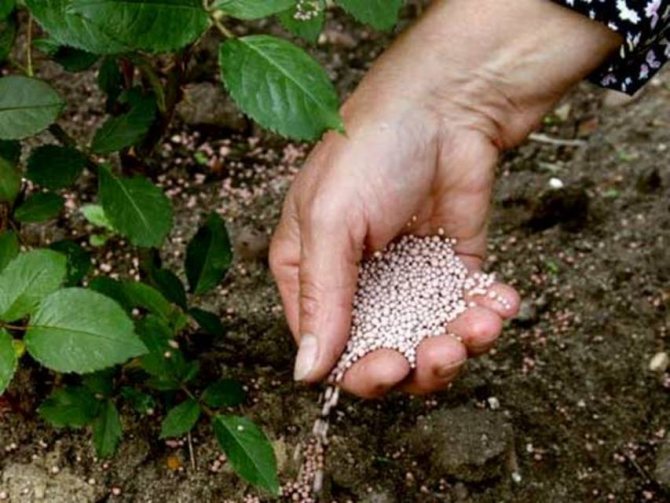

Raspberries are fed several times during the season.
Pruning
Pruning should be done in late October or early November. In this case, it is necessary to remove two-year-old shoots that will no longer bear fruit. If a harsh winter is expected, all branches should be cut off completely. In the spring, you need to remove dried and broken branches.
Care Tips
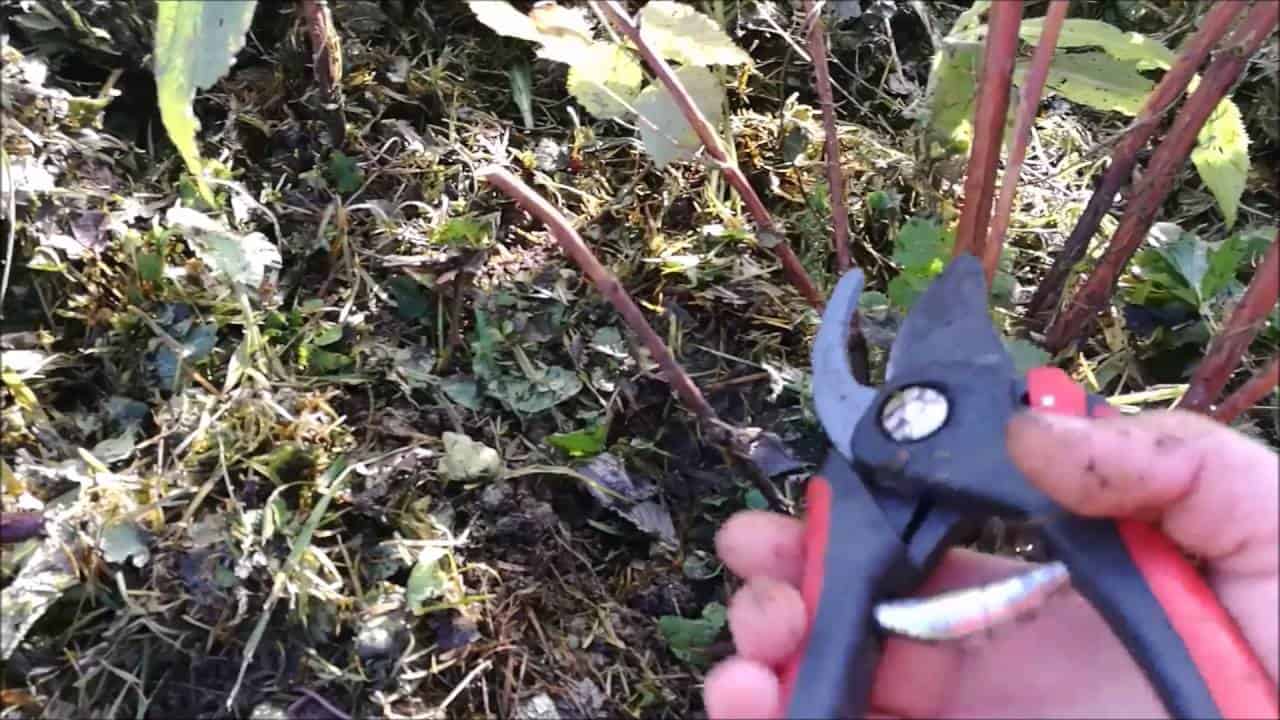

- Watering is essential. On especially dry and hot days, increase the moisture content of the soil, and during the precipitation period, on the contrary, limit it. Moisture stagnation can kill plants. After watering, be sure to loosen the soil so that oxygen penetrates in the right amount to the root system.
- To prevent the roots from overheating on hot days, and the moisture remains longer in the soil, mulch the area 14 days after planting. Straw, peat, sawdust will do.
- If the soil was well fertilized during planting, then the next fertilizing is done only in the 2nd year. In the spring and in June, you need to make infusions of mullein or bird droppings, urea, since plants need nitrogen for development and growth.
- Fertilize with mineral complexes before the second wave of fruiting. After harvesting, it is required to add 1 tsp for each plant. superphosphate and potassium.
- At a height of 6 - 8 branches, prune, and in early spring, remove all frozen, dry and damaged branches. In the fall, all branches on which there were berries are cut off, leaving only annuals. New buds will subsequently form on them.
Protection from pests and diseases
The culture practically does not suffer from gray rot and is not attacked by raspberry mites. However, she can get sick with anthracnose. In this case, gray spots appear on the leaves and branches. For prevention, you need to properly organize drainage and plant raspberries in a sunny place.
Important! Of the pests, bushes most often suffer from stem gall midge. At the first sign of damage, the infected fragments must be trimmed and burned.
Site and material selection
To get a high-quality raspberry crop, you need to choose and prepare the soil and planting material correctly.In addition, the soil needs special preparation.
Raspberry Hercules is unpretentious and will bear fruit on any soil. To get the most tasty and full-fledged crop, it is better to give preference to slightly acidic loamy or sandy loamy soils.
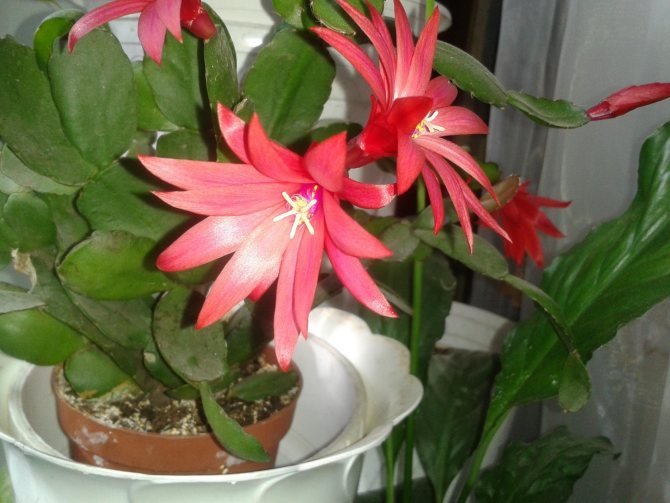

The raspberry farming area should be well lit. The plant is very fond of heat and does not tolerate drafts. It is very good if there is a wind protection nearby - a solid fence or a building wall.
Groundwater at the site must lie at a depth of at least one and a half meters. When choosing a site for planting, it should be borne in mind that raspberries deplete the soil on which they grow. After 4-5 years, the land is depleted and the yield begins to fall rapidly. To give the soil a rest and recover, in between plantings of raspberries, sow the area with clover or beans.
Is there a blue strawberry variety
It is not recommended to grow raspberries in the area where nightshade crops - tomatoes, potatoes, peppers, eggplants - were growing before. It is best to plant bushes in April before bud break or in September after the end of the fruiting period.
It is very important to choose quality seedlings. It is best to buy the material from a trusted seller or a reputable nursery... Pay attention to the following points:
- Root condition. They must be strong and flexible, free from damage or signs of rot or mold.
- The presence and nature of the packing of roots. In a plastic container, the root system can overheat. A damp cloth packaging is preferable to prevent the seedling from drying out.
- Stem condition. It must be formed and have 2-3 shoots with a diameter of at least 1 cm.
Harvesting
The culture is well kept and has good transportability. It is often grown for sale because of its excellent presentation and taste. At the same time, the fruits are rarely eaten fresh, since they are characterized by a noticeable sourness. Berries are usually used to make jam, jam, compote.
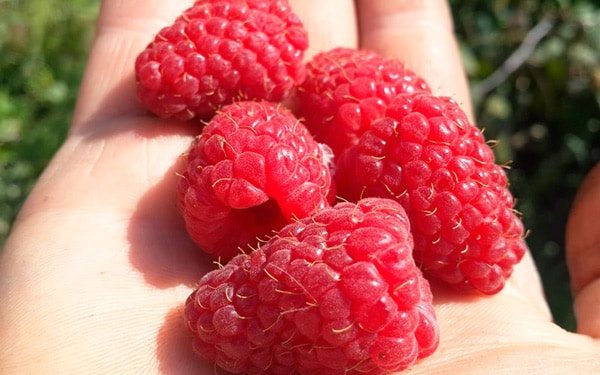

Raspberries are well stored and have an excellent presentation
Raspberry fruiting usually begins in July. The second crop ripens in August. Moreover, it can be harvested until the very frost. Harvesting is recommended in dry weather. This allows you to increase their shelf life.
Raspberry Hercules is a popular plant with excellent yields. With proper care during the season, you can get two crops. In order for a plant to grow successfully, it needs quality care.
Pros and cons
Raspberry Hercules
Benefits:
- berries reach a weight of 9-15 g;
- large berry size;
- with proper care, three kilograms of berries are harvested from one bush;
- the variety is quite resistant to various pests and diseases;
- the crop tolerates well even long-term transportation;
- due to a fairly late fruiting, pests do not damage the crop;
- fruiting occurs at the top of the stem.
Disadvantages:
- all shoots have a large number of thorns;
- bushes form a small number of shoots;
- the berries are slightly sour in taste;
- the timing of fruiting may differ in different regions, so the harvest may not ripen.
Raspberry pests
Another good thing to grow remontant raspberries in a one-year cycle is that the life cycle of the main raspberry pests is adapted to the growing processes of classic raspberry varieties, the berries of which ripen in July. Therefore, remontant raspberries are damaged by insects to an incomparably lesser extent. Problems with pest infestation are most likely to occur during dry summers, when aphids and spider mites are likely to appear. Another dangerous pest is raspberry gall midge.
Insect pests (table)
| Pest | Insect description | Signs of defeat | Prevention | Control measures |
| Spider mite | Tick size - up to 1 mm, the color is usually milky white, but there are others - red, yellow-green, orange | Small cobwebs on the lower surfaces of the leaves, they become punctured needles like you | Spraying the bushes with a solution of colloidal sulfur (30–40 g) per 10 liters of water, urea (500 g per 10 liters of water). Spraying the bushes with garlic infusion with laundry soap | Processing after harvesting near-stem circles with preparations Fufanon, Actellik, Fitoverm, Karbofos 0.3% |
| Aphid | Small (up to 2 mm) light green insect with a waxy coating | Twisting and drying of the leaf blades, there are often aphids inside them. Garden ants scurry along the shoots - aphids "milkers" | Spraying the tops of the shoots with a solution of colloidal sulfur (30-40 g per 10 l of water) or infusions of dandelion, calendula, garlic, onion peels with the addition of laundry soap - 50 g per bucket of water | Cutting off the ends of aphid-infested shoots and burning them. Treatment with Intra-vir, Funanon or Fitoverm preparations |
| Raspberry gall fly (raspberry gall midge) | Small mosquito. Females lay eggs on raspberry stems, and the larvae that appear then gnaw into the stem | In places where the larvae gnaw into the stem, mounds (galls) about two centimeters in size are formed | Spraying the lower part of the shoots with a 1% solution of Bordeaux liquid at the stage of raspberry budding. Accommodation next to raspberries planting onions, garlic | Cutting and burning of stems damaged by larvae |
Insect pests, photo gallery
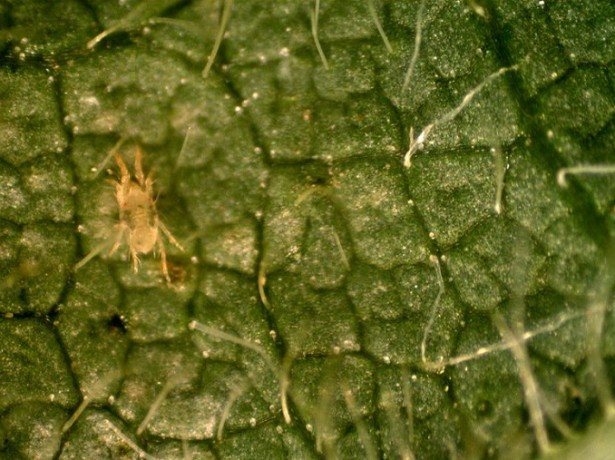

Yellow spider mite
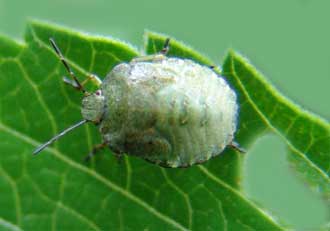

Aphids under high magnification
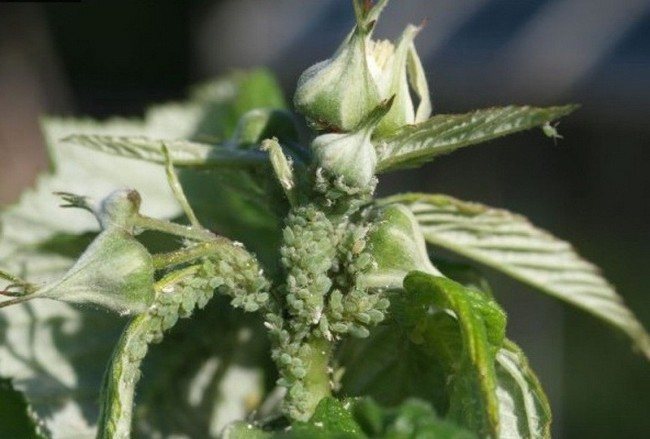

This top of the shoot must be cut and burned.
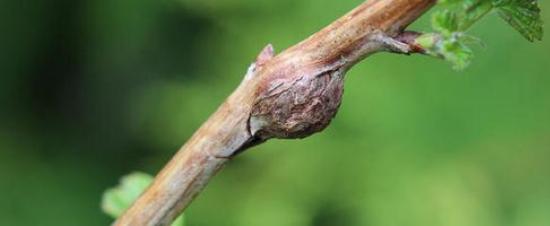

Bloating (gall) on the stem
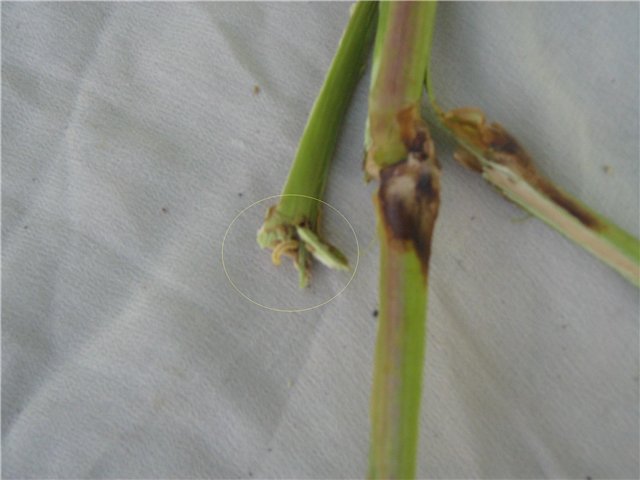

Gall fly larva inside the stem
The drugs recommended in the tables are used in accordance with the instructions for them!

